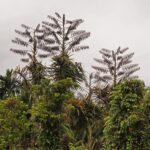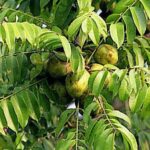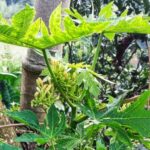Three types of pitpit grow in Papua New Guinea:
- Coastal pitpit or long pitpit (Saccharum edule)
- Highlands pitpit or short pitpit (Setaria palmifolia)
- Wild pitpit, which is the wild variety of Setaria palmifolia
Coastal pitpit
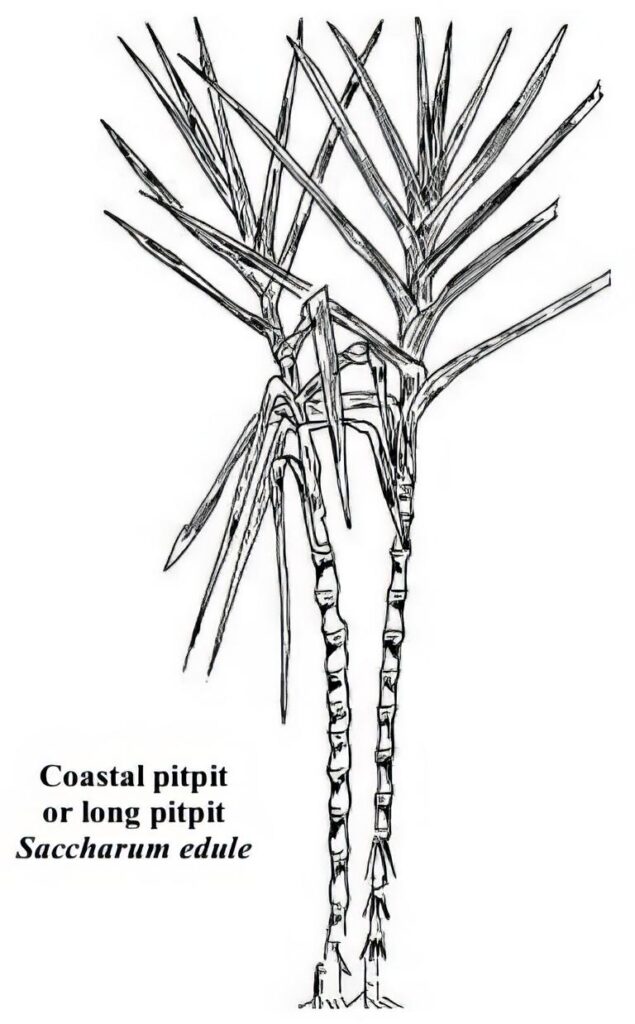
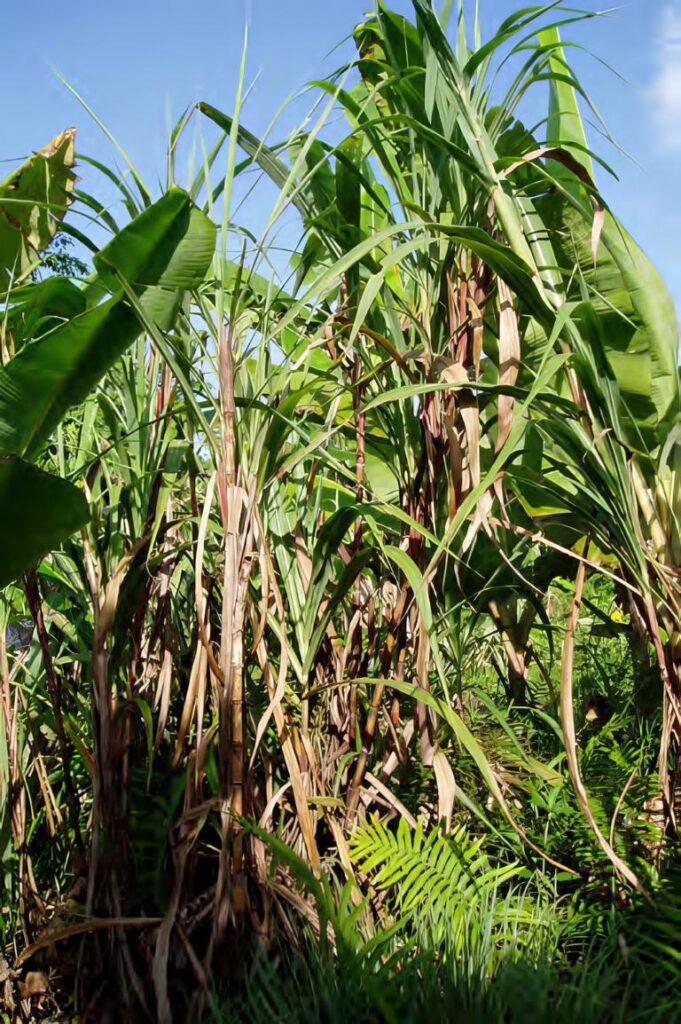

The pitpit plant looks like sugarcane to which it is related. Normally the stalk is thinner than sugarcane. It can grow up to 3 metres high and produces suckers near the base so that normally a clump is produced. At one season of the year, it produces a seed head or flower that remains inside the top of the plant and is the part that is eaten.
Where is coastal pitpit grown?
Coastal pitpit is grown throughout Papua New Guinea from the sea level up to about 1700 metres altitude. It is grown in the Solomon Islands, Vanuatu, Fiji, Indonesia, and some other countries.
How do you grow Coastal pitpit?
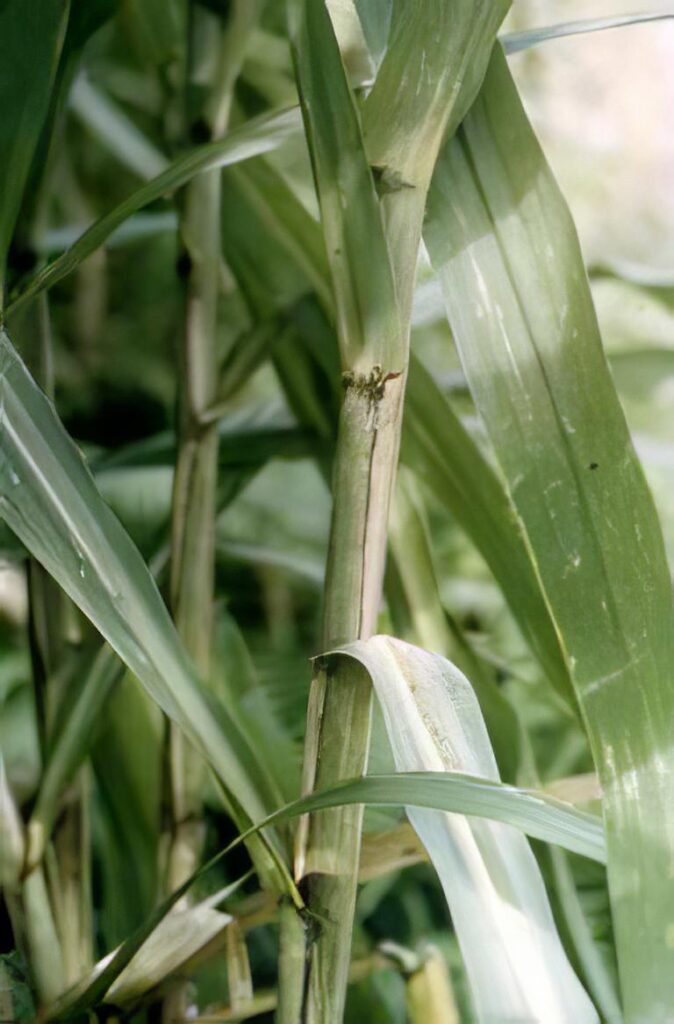
Pitpit is grown by taking cuttings of the cane and sticking them in the ground. Mostly cuttings about 30-50 cm long are used and they need to be planted in a moist soil. They easily dry out so need to be planted soon after cutting. These cuttings soon develop roots and produce a number of shoots so that a clump of canes grows. Coastal pitpit stalks can be planted at any time of the year. It takes 6-9 months from planting till a crop is ready to harvest. But the time of flowering in coastal pitpit is controlled by the sun. Early in the year about February to March most plants develop a thickened clump of leaves at the top. When these are broken off and opened by removing the outside leaves the very fine yellow unopened flower is seen.
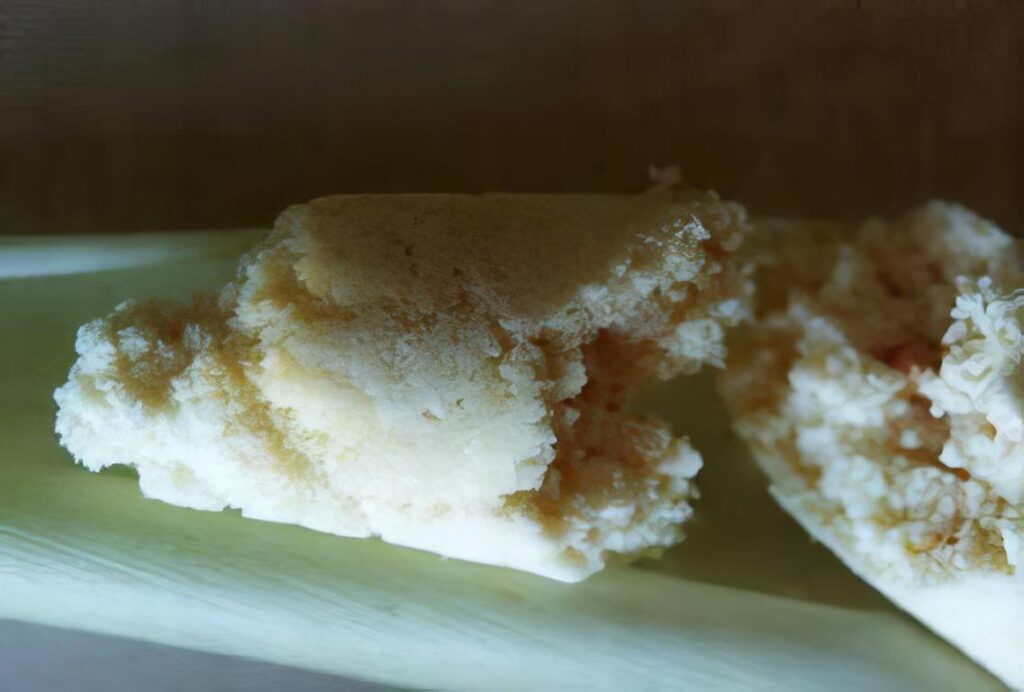
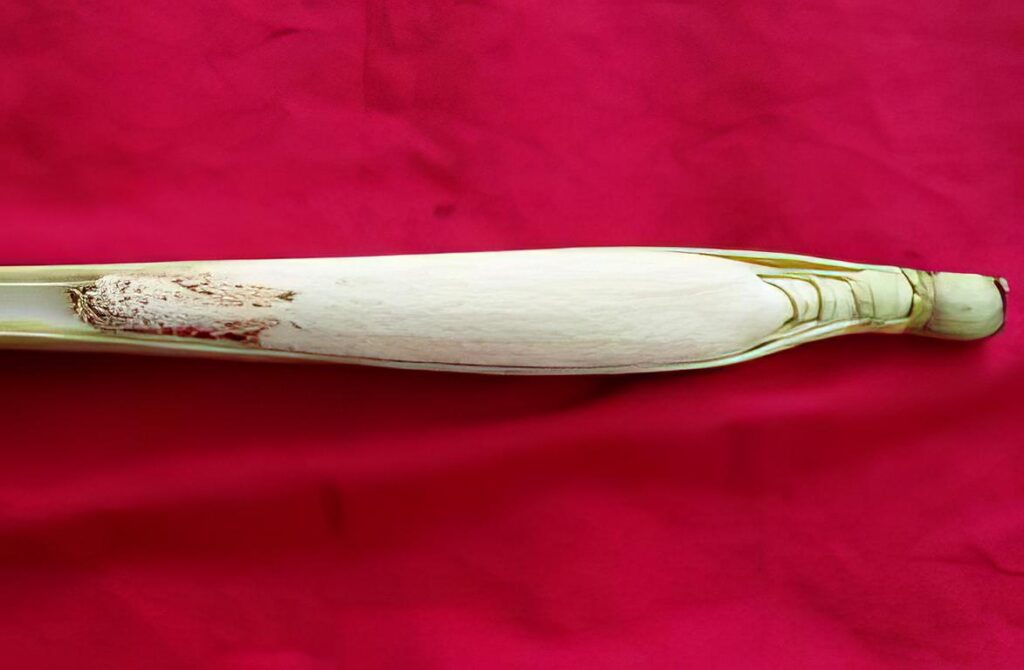
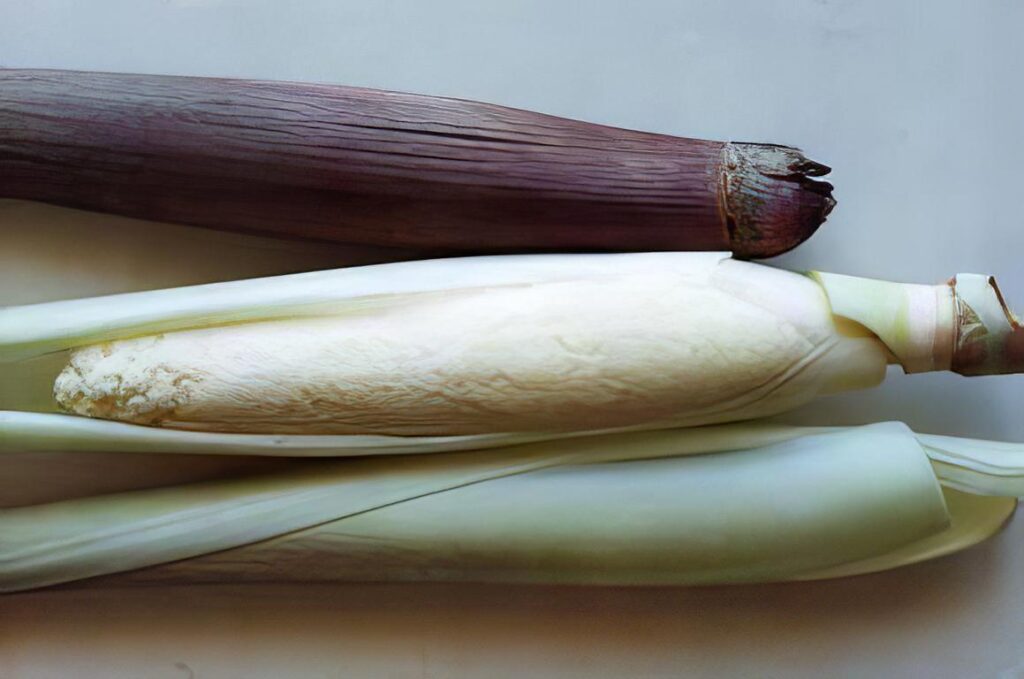
It is this flower that is eaten.
An easy way some people plant coastal pitpit is to cut a long pitpit stalk. Then at the places where they want to plant it in the garden they stick the stalk into the ground and chop off the longer top piece with a bush knife. They cut it so that about 15 cm is under the ground and 15 cm left sticking out of the ground. The longer piece is then stuck in the ground in another place and cut off again.
If the pitpit flower is not picked when it is ready it starts to go brown due to a fungal rot. In places where the soil is very fertile the canes can be cut off after harvest and new shoots will sucker out around the base and grow to produce another clump.
Coastal pitpit as food
In 100 grams of the part you eat there are the following amounts of nutrients:

This means that coastal pitpit is only moderately good at providing energy, but it is quite high in protein. It is therefore especially good as a body building food and can make an important contribution to the diet.
Young coastal pitpit flowers can be eaten raw. But they are fairly dry. In coastal areas one of the favourite ways to eat this pitpit is fried in grated coconut milk. The pitpit can be baked in its leaves over an open fire. Or it can be boiled or fried along with other greens.
Highland pitpit
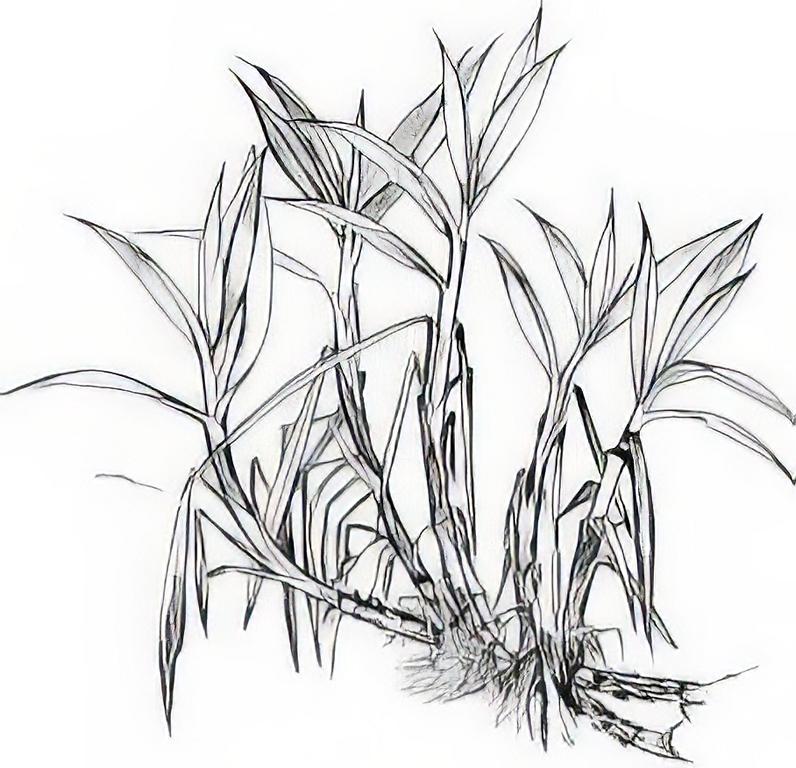

This is a short, broad leafed grass family plant. The leaves have ridges running along their length. They also normally have a wrinkled section near the middle of the leaf. The leaf blade is short (30-40 cm) and fat (6-8 cm) and the leaves spread out along opposite sides of the shoots. Normally a plant produces a clump of shoots due to both suckers near the base and buds growing from the side of the short stem. A plant grows from 60 cm to one metre tall.
Several different kinds of highland pitpit occur. These have different amounts of red, green, and white colouring on the leaf and also where the leaves wrap around the stem. It is the young tender tightly wrapped leaves inside the thickened base of the shoot that is eaten.
The wild relative from which the garden pitpit has been produced can often be seen growing in grassland around garden areas. It is a thinner plant often produces a flower and the young shoots are also eaten.
Where is highland pitpit grown?
Highland pitpit is common and an important food plant in many areas of Papua New Guinea. This species tends to be more important in the highlands. It grows and produces reasonably well between the altitudes of 400 and 2400 metres above sea level. It can be grown down to the coast. But Papua New Guinea is not the only country that grows this plant as food. It is grown in Fiji, Hawaii, Tonga, and some other Pacific countries.
How do you grow highland pitpit?
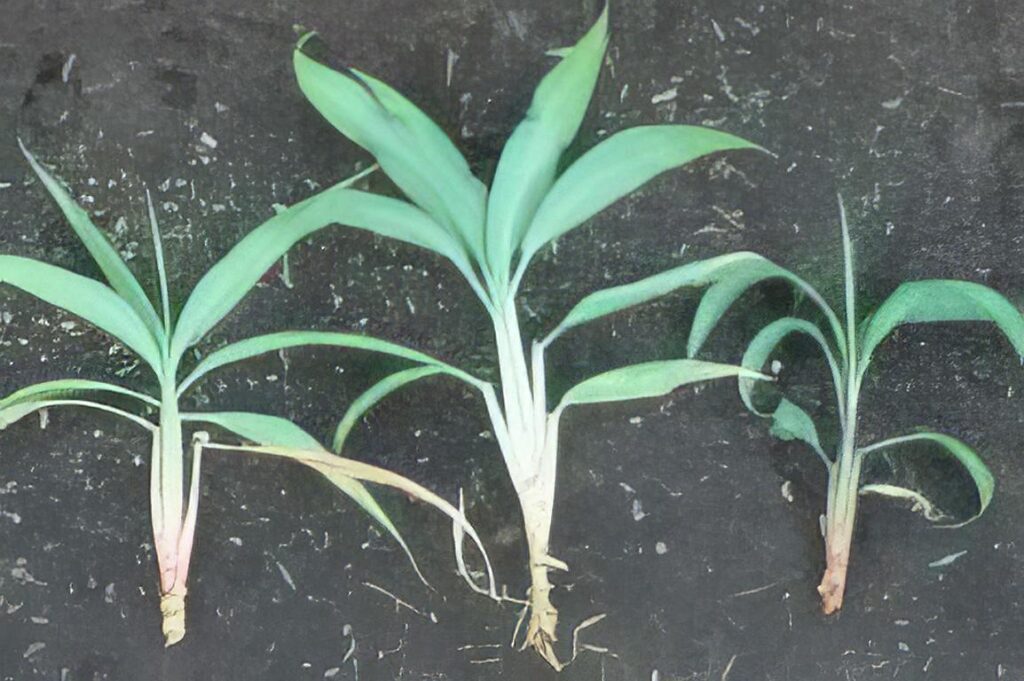
The young shoots are broken off the side of the plant. Shoots near the ground often have roots already growing on them so these shoots start growing more quickly.
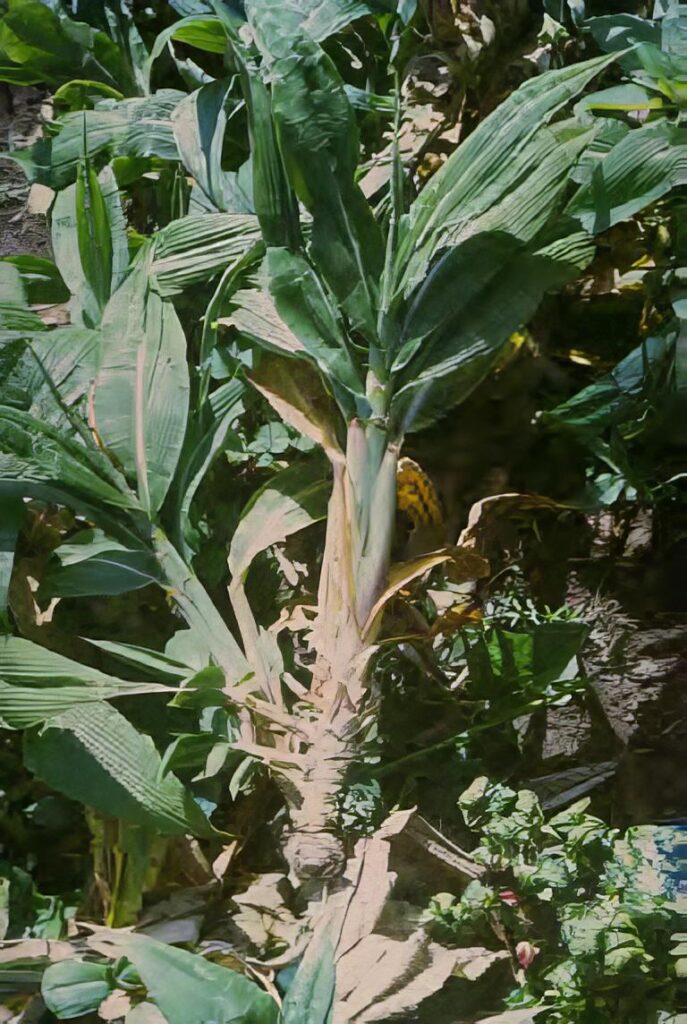
Portions of the stem can be planted because buds near the joints along the stem can produce new shoots. This pitpit needs reasonably fertile soil and won’t grow or produce well in old kaukau (a local type of vegetable) gardens. A leaf of a plant growing in good fertile soil is dark green.
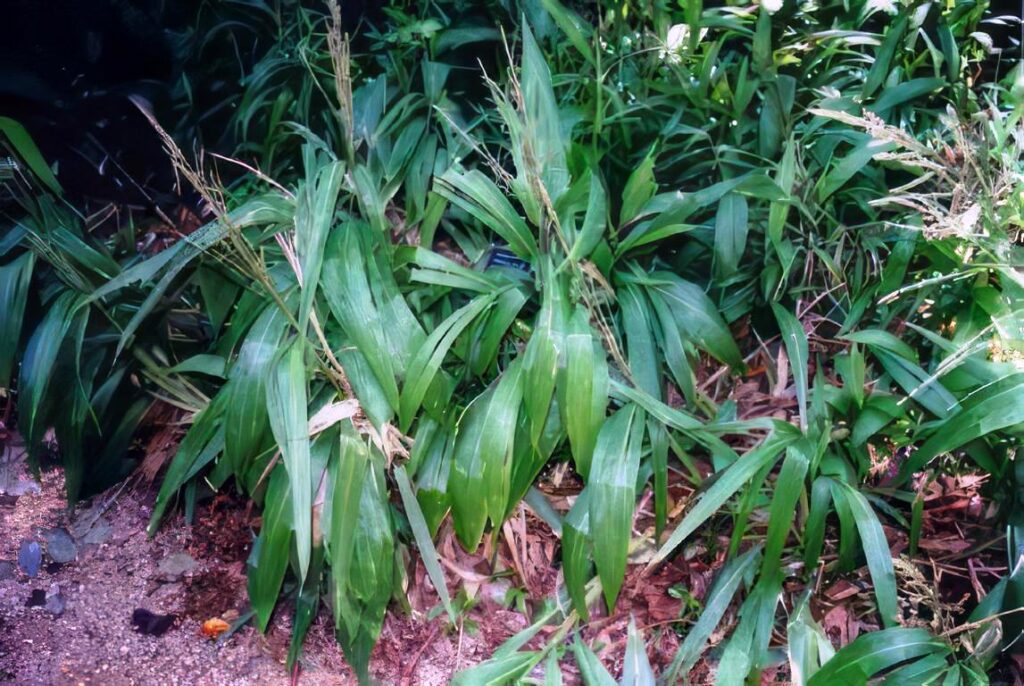
Wild highlands pitpit
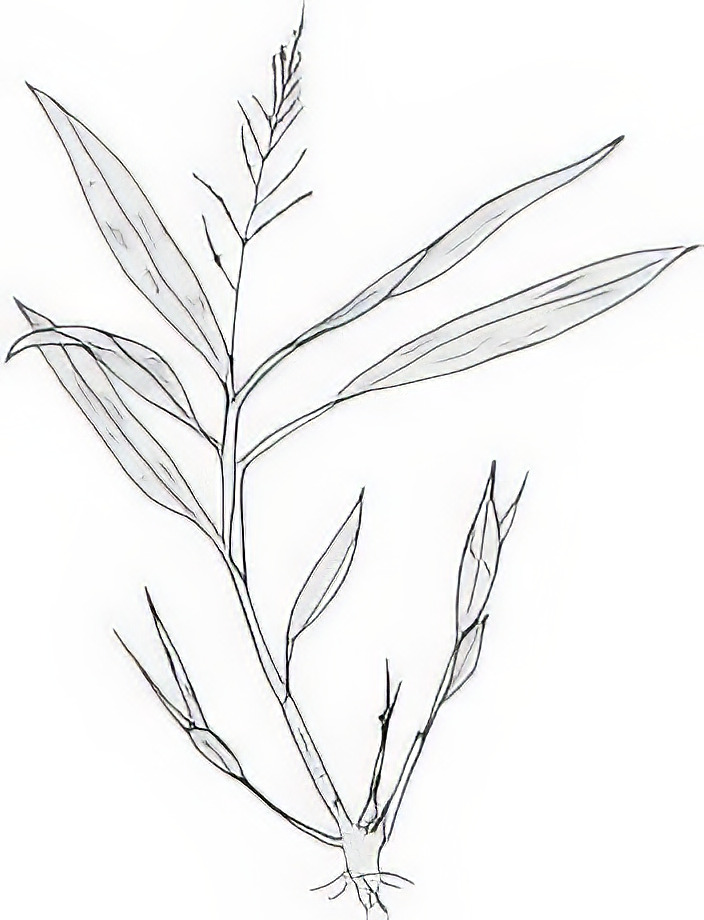
In most areas in the highlands the wild relative from which the garden pitpit has been produced can be seen growing. Often it occurs along tracks and roadsides near creeks and in old garden sites. Most Southern Highlands people have a different name for this plant in their local languages. But they know it is the wild plant from which the better, fatter garden plant was produced. The shoots of this plant are also eaten although they are mostly eaten raw by hunting parties and people walking through the area. The plant also gets similar diseases to the garden variety.
Harvesting and use of all pitpit species

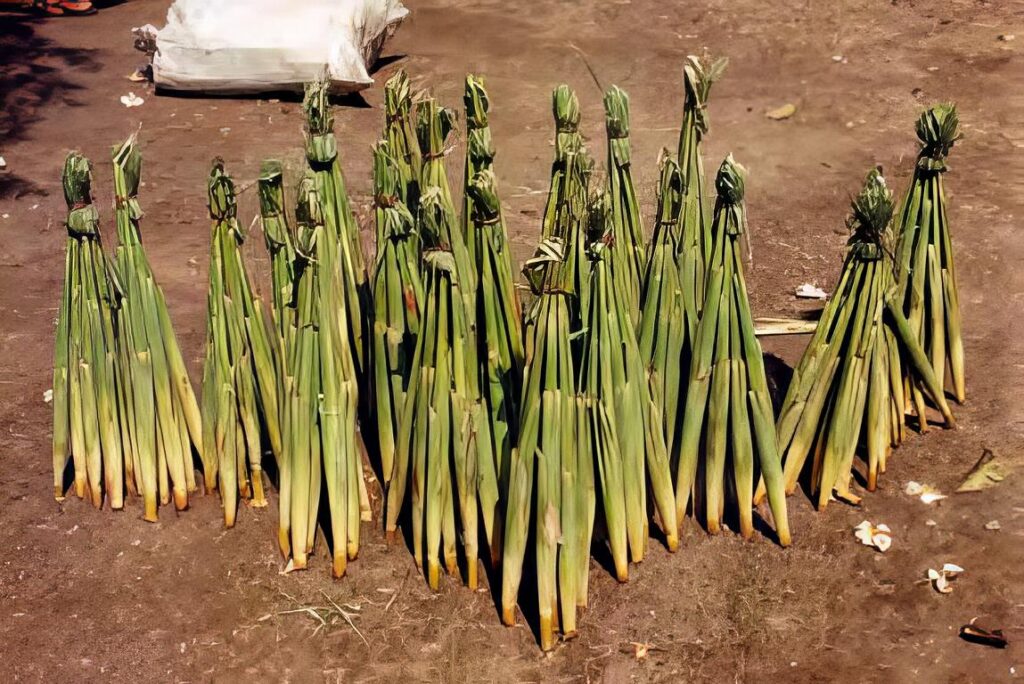
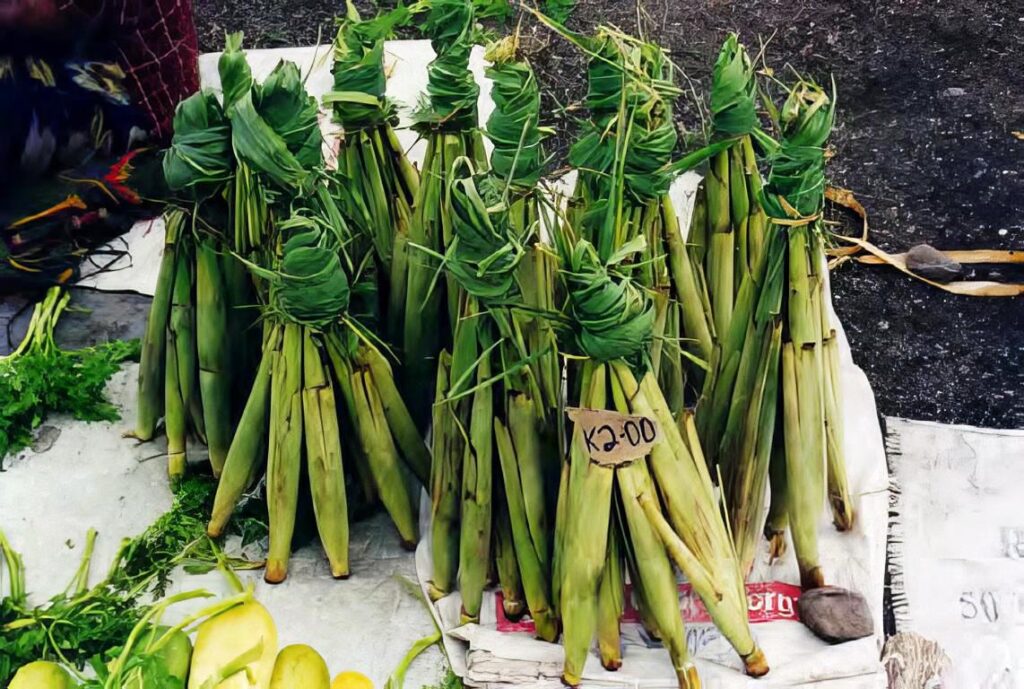
The young end and side shoots are harvested from pitpit plants. Sometimes these are tied in a bundle and sold in markets. The amount of the shoots that is eaten varies. The tough outside leaves are stripped off. These are normally fed to pigs. Then the younger more tender inside of the shoot is eaten.

At least in some of the higher places in the Highland Provinces these young shoots are often eaten raw. But they can also be mumued (local cooking method) in an earth oven or steamed in bamboo or boiled or fried in a saucepan. Often they are eaten with a kumu called Rungia.
How much food is produced?
In trials between 8 and 18 kilograms of shoots have been harvested from individual plants over one year. These plants were spaced one metre apart. But only a third or less of these shoots were actually eaten as the outside portion was fed to pigs and the tender inside shoot eaten. So, a garden plot of pitpit of 10 square metres may produce between 25 and 60 kilograms of edible shoots.
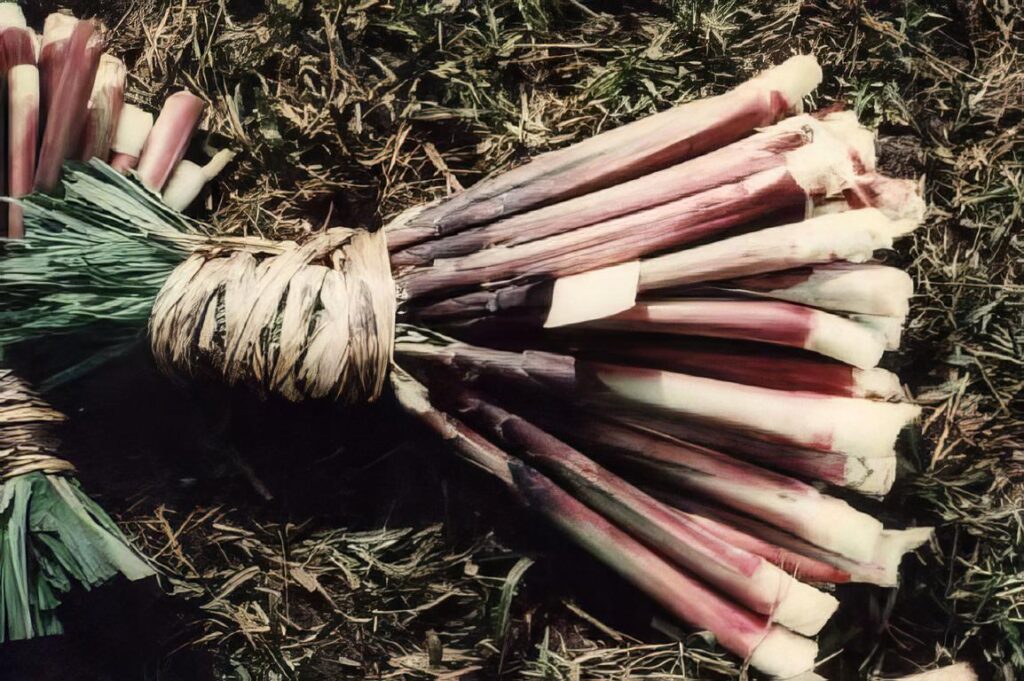
Pitpit is often grown mixed with other crops in the food garden. It is also commonly grown in partly shaded places such as under yar trees. How much it produces in these situations is not known.
The food value of pitpit shoots
In a 100 gram portion of the shoots that are eaten there are the following amounts of different nutrients. (A 100 g edible portion is about 5 large, stripped shoots.)

This means that pitpit shoots are not very good as a means of getting energy and the protein content is probably higher than root crops like kaukau but not as good as most dark green leaves. Nevertheless, they are an enjoyable and reasonably nutritious food.
________________________________________________________________________________________________________________
Text and all photos at this article © Food Plant Solutions. The professional background and contact information of the author of this article can be found here.
.



